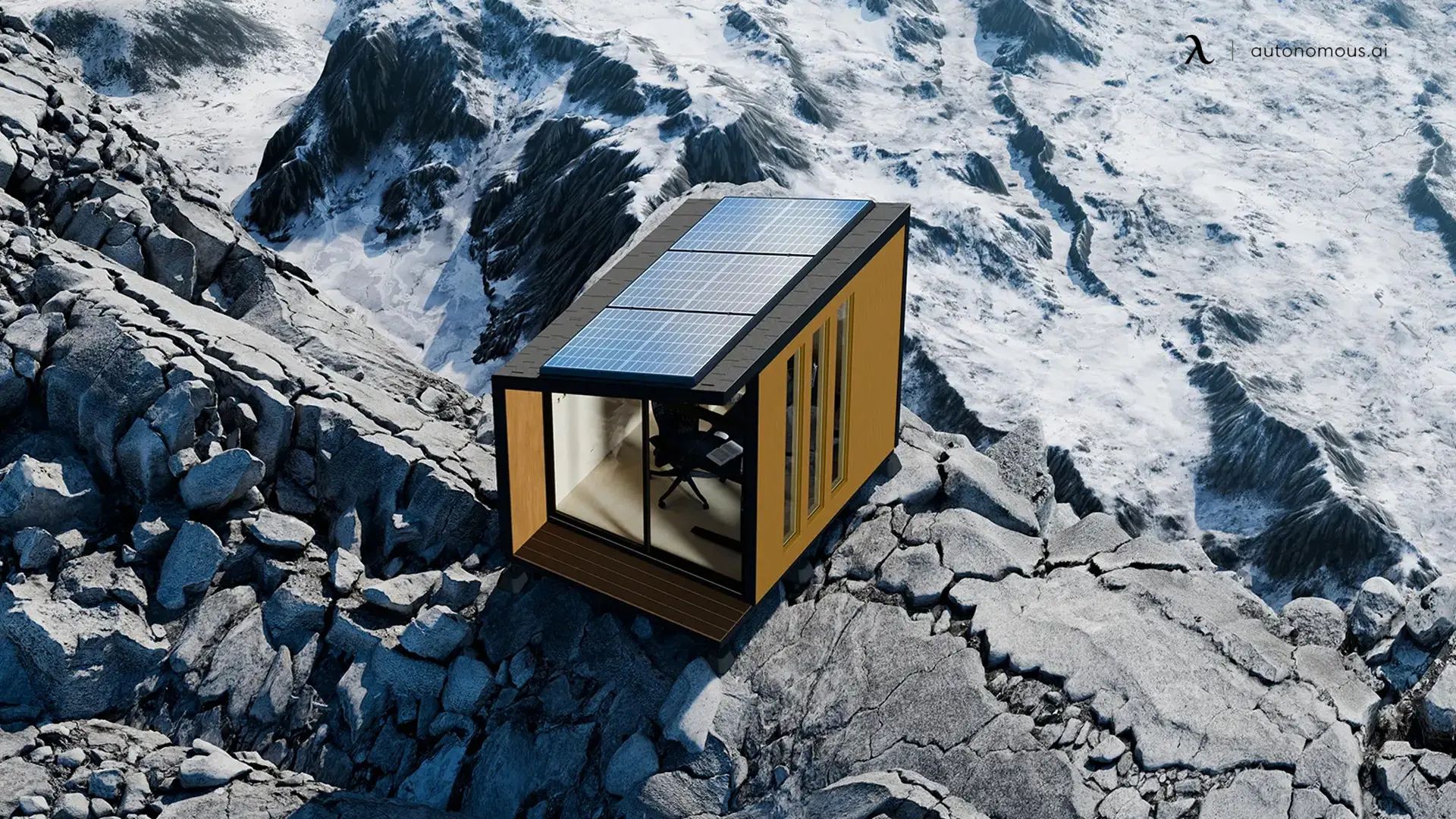
Why Solar Modular Homes Are The Future Of Sustainable Living?
Table of Contents
As we step into an era where sustainable living is no longer optional but essential, solar modular homes are emerging as a game-changer. These homes combine modular construction techniques with solar energy solutions to create efficient, cost-effective, and environmentally friendly living spaces. Modular homes with solar energy features are prefabricated structures designed to integrate seamlessly with solar panel systems, offering a self-sufficient, energy-efficient lifestyle.
This innovative approach to housing meets the growing demand for green solutions while addressing concerns like energy efficiency, carbon emissions, and long-term affordability. Whether you’re looking to build your dream home or invest in a more sustainable lifestyle, understanding the potential of solar modular homes is a step in the right direction.
Benefits of Solar Modular Homes
They offer a wide range of benefits that appeal to homeowners and environmental advocates alike. Here’s a closer look at what makes them the future of sustainable living:
1. Energy Efficiency
At the core of solar modular homes or prefab ADUs is their ability to harness renewable energy. Solar panel home kits make it easy to generate power for daily use, drastically reducing reliance on traditional energy sources. Many modular homes with solar panels are designed with energy-efficient insulation and smart home technologies, ensuring minimal energy waste.
2. Reduced Carbon Footprint
Switching to a solar prefab home significantly reduces your environmental impact. By relying on solar energy, you contribute to a cleaner planet and lower greenhouse gas emissions. This sustainable choice also aligns with global efforts to combat climate change.
3. Cost Savings
Although the initial investment in solar modular homes might seem high, the long-term savings are undeniable. Solar energy eliminates or reduces electricity bills, and many governments offer tax credits and incentives for using solar panel home kits. Over time, homeowners experience substantial financial benefits from these affordable prefab homes.
4. Durability
Modular homes with solar panels are designed with durability in mind. Prefabrication ensures high-quality construction under controlled conditions, minimizing weather-related vulnerabilities. These homes are built to withstand the test of time, making them a reliable investment.
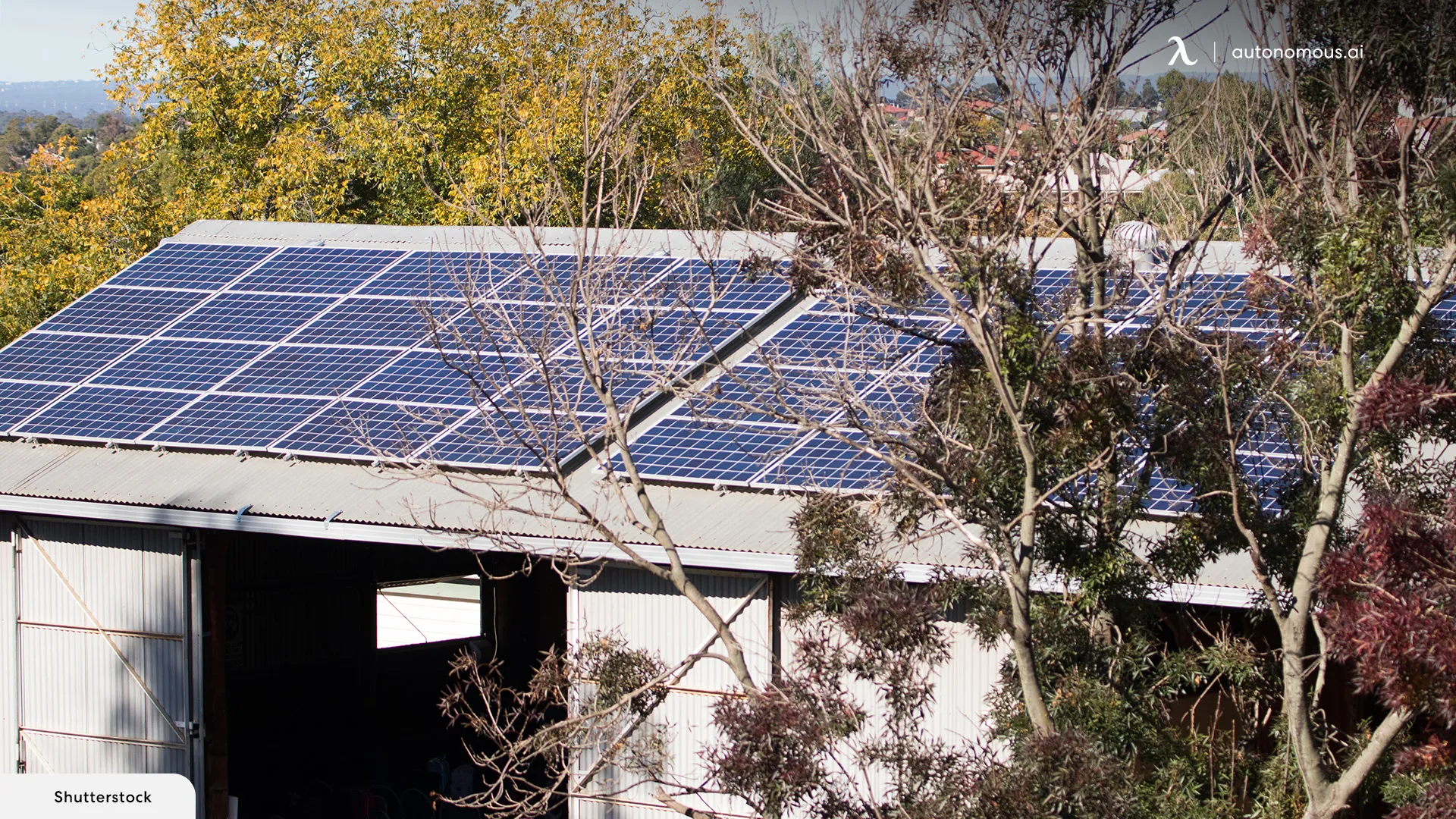
5. Low Maintenance
These modular sheds or homes are known for their low maintenance requirements. Solar systems are designed to last for decades with minimal upkeep, and the materials used in prefab construction often resist wear and tear better than traditional home building materials.
6. Versatility
From small solar-powered cabins to expansive family homes, modular homes with solar panels cater to a variety of needs. Their customizable designs allow homeowners to choose layouts, finishes, and features that suit their lifestyle.
7. Quick Installation
Traditional home construction can take months or even years, but solar prefab homes can be assembled in a fraction of that time. The streamlined manufacturing and on-site assembly processes make these homes an attractive option for those looking for faster solutions.
8. Government Incentives
Many countries offer financial incentives for homeowners who invest in renewable energy solutions like solar panel home kits. These incentives often include tax credits, rebates, and grants, making solar modular homes more accessible to a broader audience.
9. Increased Property Value
Homes equipped with renewable energy solutions and sustainable features are in high demand. Investing in a solar prefab home can increase the resale value of your property, as more buyers prioritize eco-friendly living.
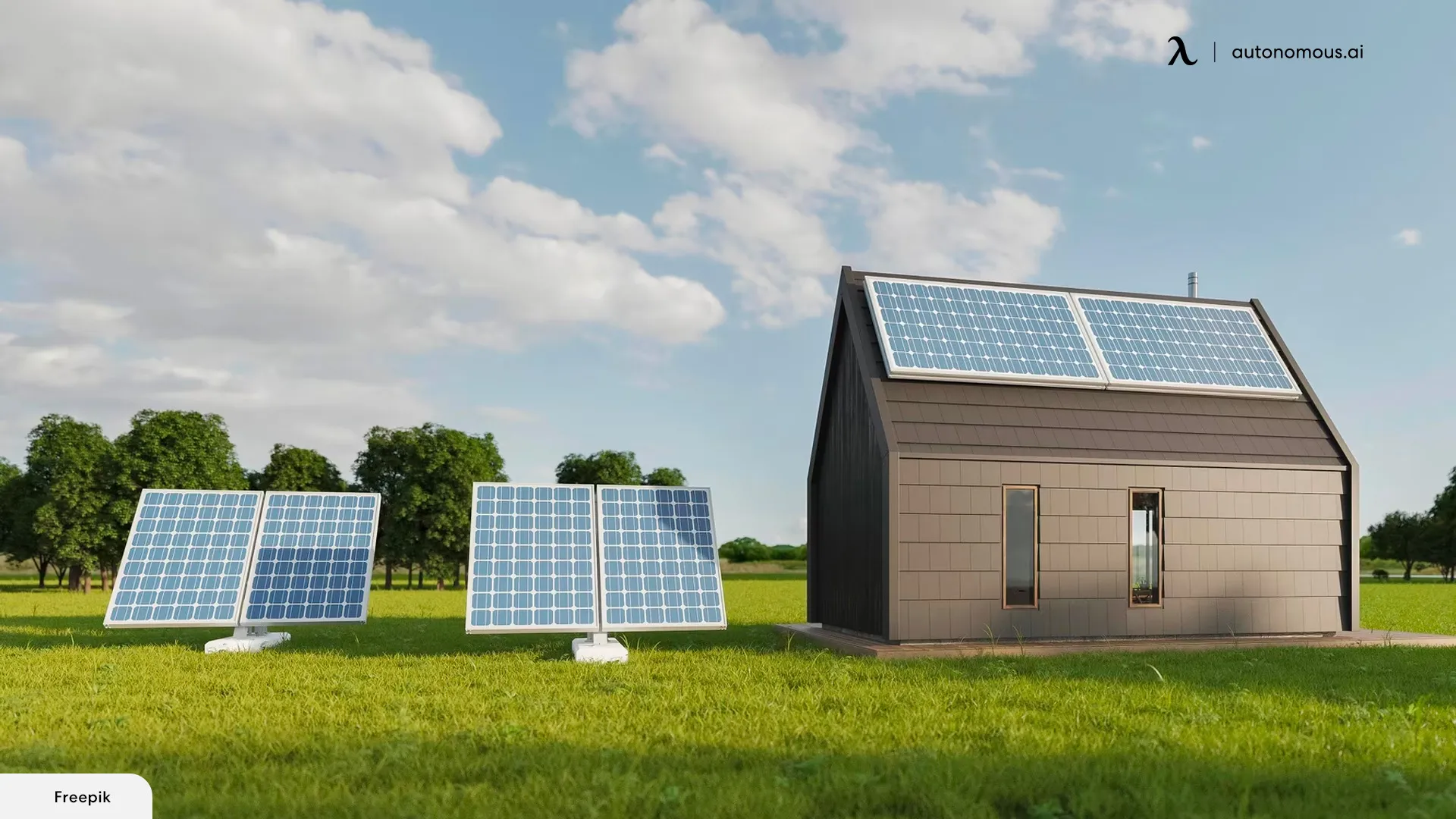
Guide to Investing and Building Your Own Solar Modular Home
Transitioning to a solar prefab home is an exciting journey toward sustainable living. Whether you're building a new home or converting an existing structure, the process requires thoughtful planning and informed decision-making. Here’s an in-depth guide to help you navigate the process, from planning to moving in.
1. Assess Your Energy Needs
The first step in building it is to understand your energy consumption. This helps determine the size and type of solar panel system you’ll need to power your home efficiently.
- Calculate Energy Usage: Review your monthly energy bills to understand your average kilowatt-hour (kWh) usage. This provides a baseline for your solar system’s capacity.
- Consider Future Needs: Account for any appliances, electric vehicles, or additional energy needs you may add in the future. A slightly larger system may provide flexibility as your energy demands grow.
- Climate and Sunlight Availability: Assess your location’s solar potential. Homes in sunny regions may require fewer panels than those in areas with limited sunlight.
2. Choose the Right Location
Location plays a crucial role in the success of your solar prefab home. A well-chosen site maximizes energy production and ensures compliance with local regulations.
- Solar Access: Select a location with minimal shading from trees, buildings, or other structures. Ideally, your roof or open land should face south (in the northern hemisphere) for optimal sun exposure.
- Zoning and Permits: Research local zoning laws and building codes. While many solar modular homes are permit-free, you may need approval for certain installations, such as battery systems or ground-mounted panels.
- Topography: Consider the terrain and soil quality. Flat or gently sloping land is ideal for modular construction and solar panel installation.
3. Explore Solar Prefab Home Options
They come in various designs, sizes, and configurations. Your choice should align with your lifestyle, budget, and sustainability goals.
- Prefab Home Designs: Decide on the size and layout of your home. From tiny solar cabins to larger family homes, modular designs offer flexibility.
- Energy-Efficient Features: Look for homes with high-quality insulation, energy-efficient windows, and smart technologies that reduce energy consumption.
- Customization: Many manufacturers allow you to customize finishes, floor plans, and even the solar system’s capacity. This ensures your home meets your unique needs.
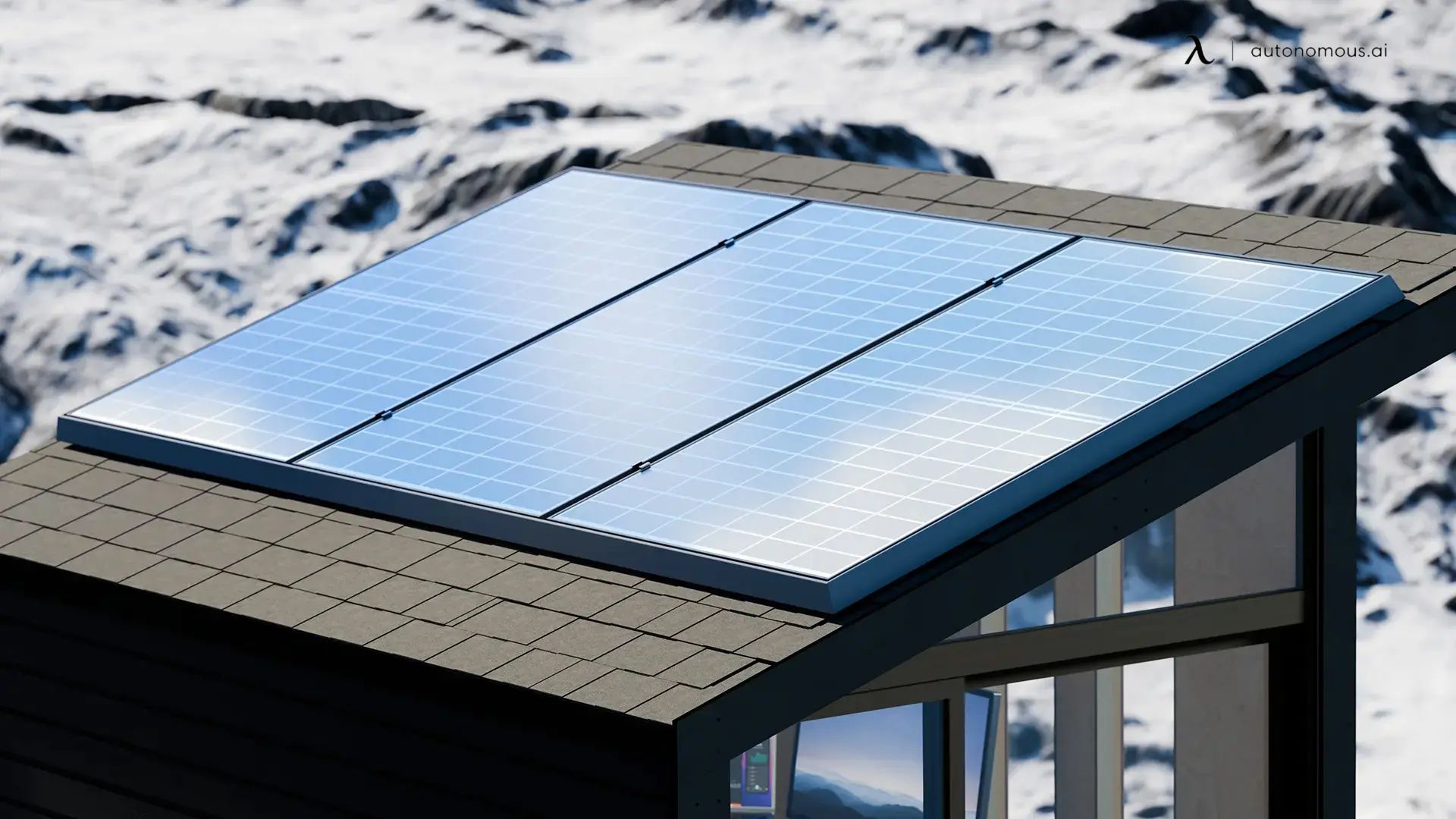
4. Research Financing and Government Incentives
Investing in a solar modular home is a financial commitment, but various incentives and financing options can make it more affordable.
- Government Incentives: Many governments offer programs to encourage the adoption of renewable energy. These include tax credits, rebates, and grants that reduce the overall cost of solar systems and energy-efficient homes.
- Green Loans and Mortgages: Some banks and financial institutions offer loans specifically for sustainable housing projects. These often come with lower interest rates.
- Solar Leasing and Power Purchase Agreements (PPAs): If upfront costs are a concern, consider leasing a solar system or entering into a PPA. These options provide solar energy without the full ownership cost.
5. Partner with a Trusted Manufacturer
Choosing a reliable modular home builder or manufacturer is critical to ensuring a successful project. Look for companies specializing in modular homes with solar panels and a proven track record of quality and innovation.
- Research Reviews and Testimonials: Read reviews and ask for references from past customers. This gives you insights into the company’s reliability and customer service.
- Evaluate Warranty and Support: A reputable manufacturer will offer comprehensive warranties on both the home structure and solar equipment.
- Request a Detailed Proposal: Ensure the manufacturer provides a clear breakdown of costs, timelines, and deliverables. This transparency helps avoid unexpected expenses.
6. Plan for Maintenance and Longevity
While these modular home designs are low-maintenance, regular upkeep ensures they remain efficient and durable for decades.
- Solar Panels: Clean your panels periodically to remove dust, dirt, or debris that could reduce efficiency. Inspect for damage after severe weather.
- Battery Storage: Check the health of your battery system annually. Some advanced batteries, like lithium-ion models, require little to no maintenance.
- Modular Structure: Conduct annual inspections of your home’s exterior, insulation, and fixtures to address minor issues before they escalate.
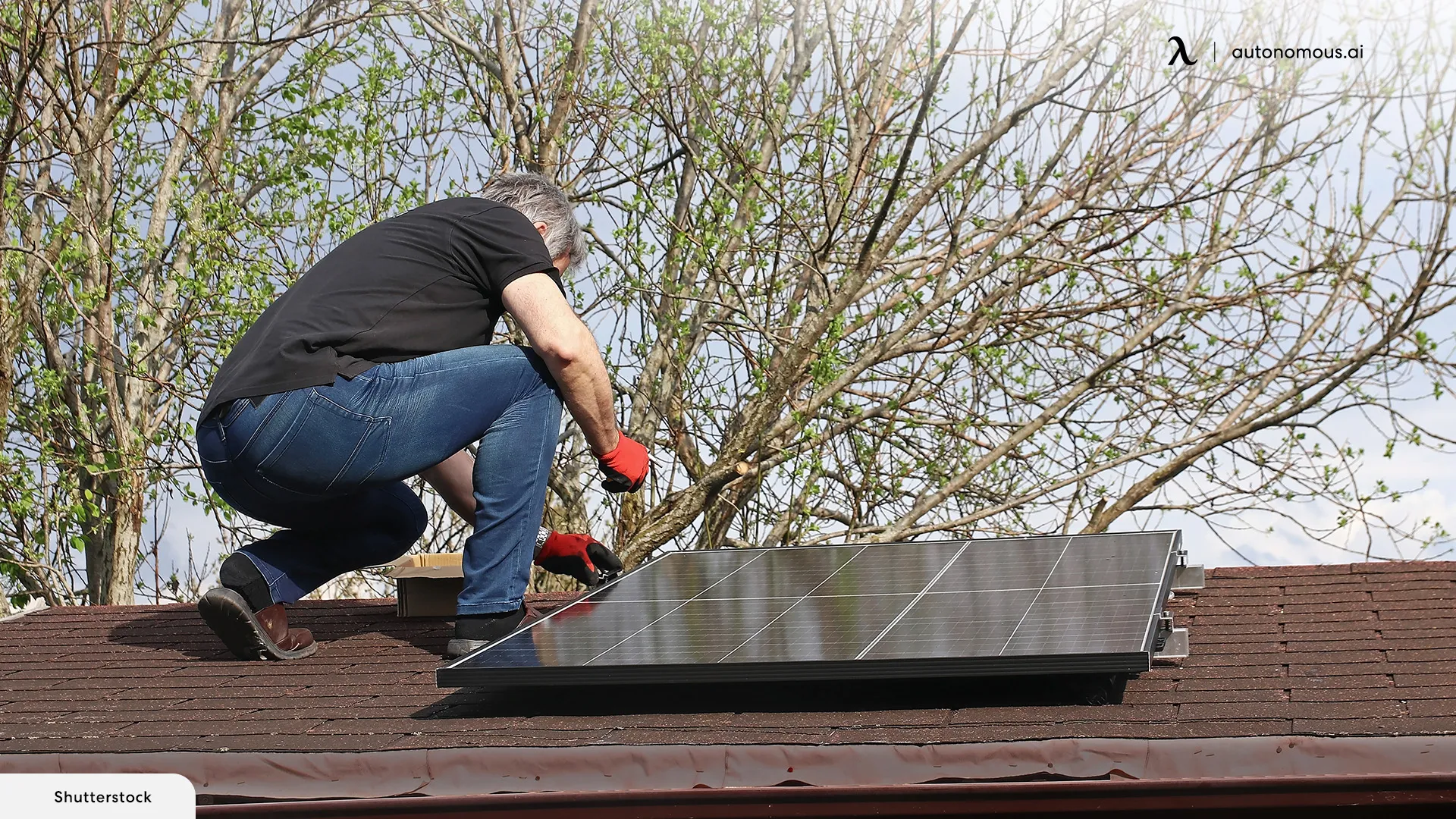
7. Prepare for Installation and Assembly
One of the significant advantages of solar modular homes is their quick and efficient installation process. Here’s what to expect:
- Site Preparation: Ensure your site is level and cleared of debris. Depending on the design, you may need a foundation or adjustable footings.
- Delivery and Assembly: Prefab homes are delivered in sections and assembled on-site. The process is much faster than traditional construction, often taking just weeks to complete.
- Solar System Integration: Your solar panels, inverter, and battery system will be installed and connected during this phase. Choose a professional installer if your manufacturer doesn’t offer this service.
8. Transitioning to Your New Solar Modular Home
Once your prefab home addition is ready, transitioning to off-grid or hybrid energy living is the final step.
- Energy Monitoring: Use monitoring systems to track your solar energy production and consumption. This helps optimize your usage and identify potential issues early.
- Energy-Saving Habits: Adjust your lifestyle to maximize the benefits of solar energy. Use energy-intensive appliances during peak sunlight hours and rely on stored energy during the evening.
- Expand as Needed: Modular homes and solar systems are highly scalable. If your energy needs grow, you can add more panels or expand your battery capacity.
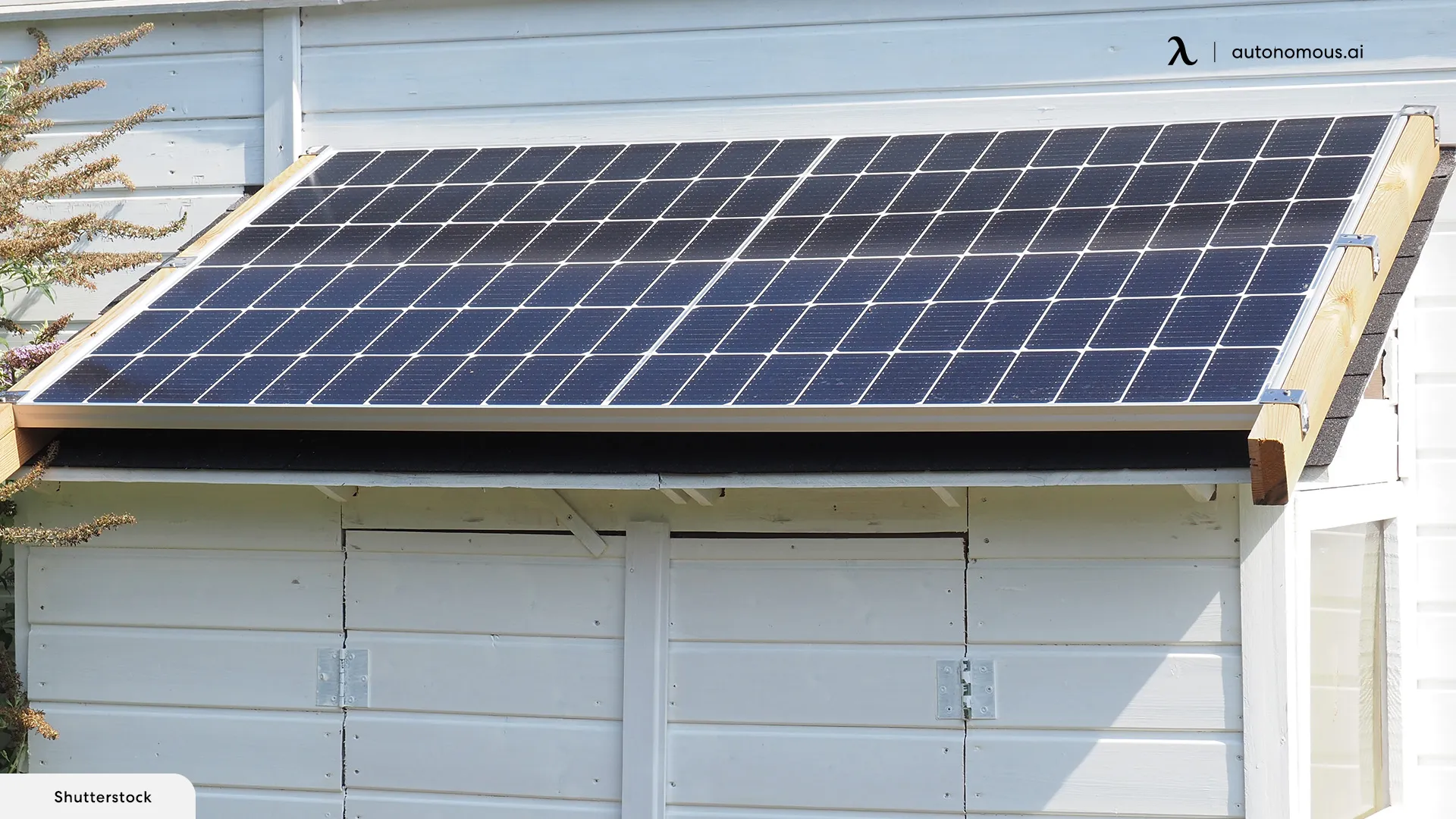
By following these steps, you can invest in a solar modular home confidently and enjoy the benefits of sustainable living for years to come. With careful planning and the right partners, your transition to an eco-friendly lifestyle will be seamless and rewarding.
Autonomous WorkPod Solar For Your New Home Workspace
For those looking to incorporate solar modular technology into their home workspaces, the Autonomous WorkPod Solar offers an excellent solution. Here’s what sets it apart:
- 102 sq. ft. Floor Area: Compact yet spacious, the WorkPod Solar is perfect for a home office or creative studio.
- Permit-Free Construction: Avoid the hassle of permits with its permit-free design, making setup quick and stress-free.
- 10.2kWh Solar Battery: This powerful battery ensures reliable energy storage for uninterrupted use.
- 7 Days From Click to Use: From order placement to operational setup, the entire process takes just one week.
The WorkPod Solar is equipped with a complete solar system, including panels, an inverter, and a battery. The plug-and-play installation ensures a seamless setup, making it an ideal choice for those new to solar technology.
Reliable Year-Round Energy
With efficient solar panels capable of generating power even on cloudy days, this prefab accessory dwelling unit provides consistent renewable energy. Homeowners can reduce their carbon footprint and save on utility bills while enjoying a reliable power source.
High-Quality Design and Comfort
The WorkPod Solar features high ceilings and large windows that flood the space with natural light, creating an inspiring work environment. Premium soundproofing and thermal insulation ensure year-round comfort and focus.
Effortless Setup and Customization
Thanks to its six adjustable foundations, the WorkPod Solar can be set up on various terrains. The optional furnished package includes ergonomic furniture and a portable AC unit, enhancing comfort and productivity.
Concealed Wiring and Minimal Downtime
Forget about extra installation costs or visible wiring. The WorkPod Solar’s design neatly hides all wiring, requiring just one input line. From unboxing to full functionality, the process takes only a week.
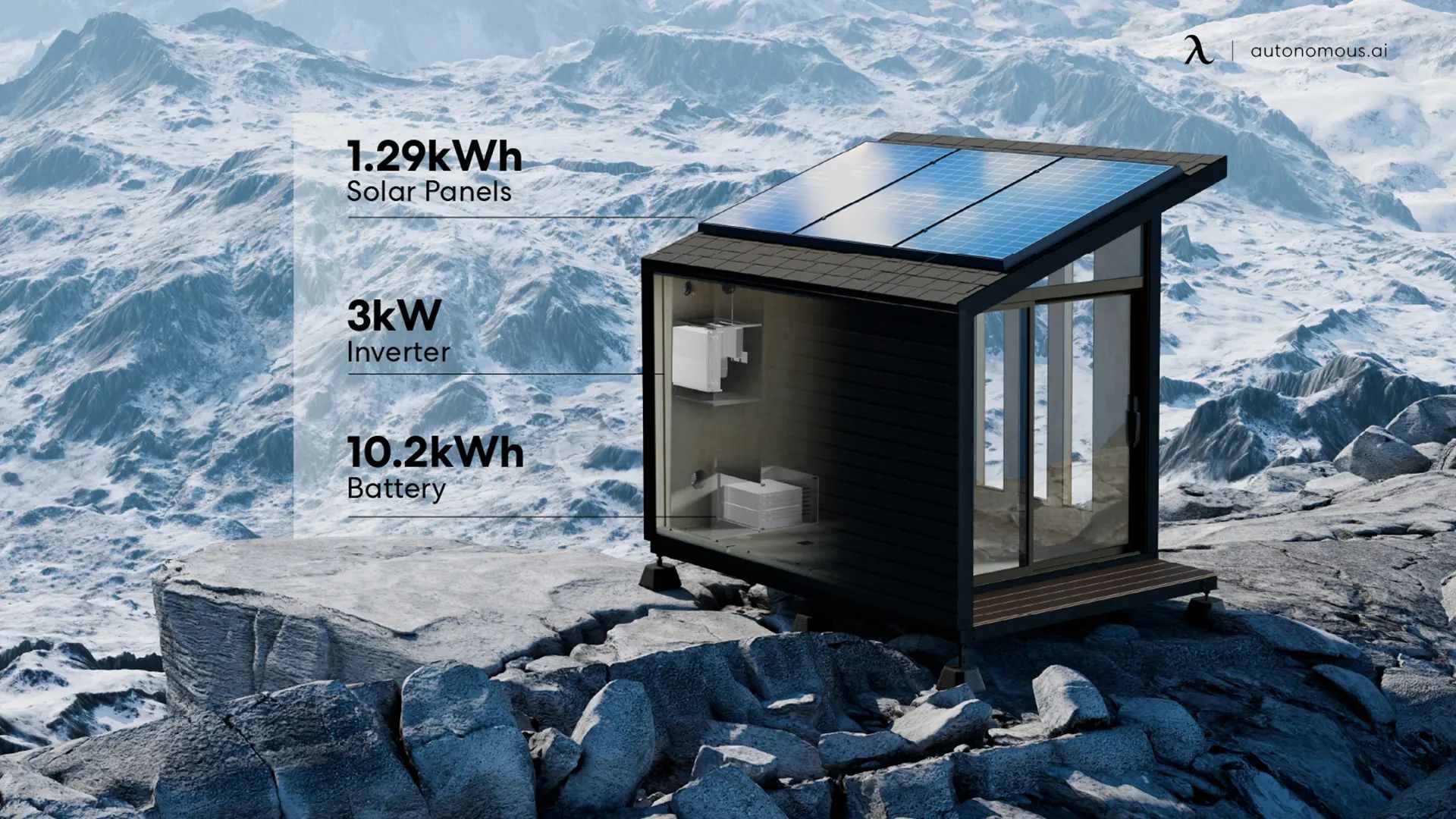
Summary
Solar modular homes represent the future of sustainable living by combining energy efficiency, reduced carbon footprints, and cost savings with durability and versatility. The Autonomous WorkPod Solar takes this concept further by offering a compact, permit-free solution for workspaces powered by renewable energy. With features like quick installation, efficient solar technology, and customizable options, solar prefab homes are reshaping how we think about eco-friendly living.
Whether you’re planning a full-scale modular home or looking for a solar-powered workspace, embracing solar modular technology is a step toward a greener and more sustainable future.
Stay connected with us!
Subscribe to our weekly updates to stay in the loop about our latest innovations and community news!
Interested in a Link Placement?
Spread the word
.svg)
.svg)

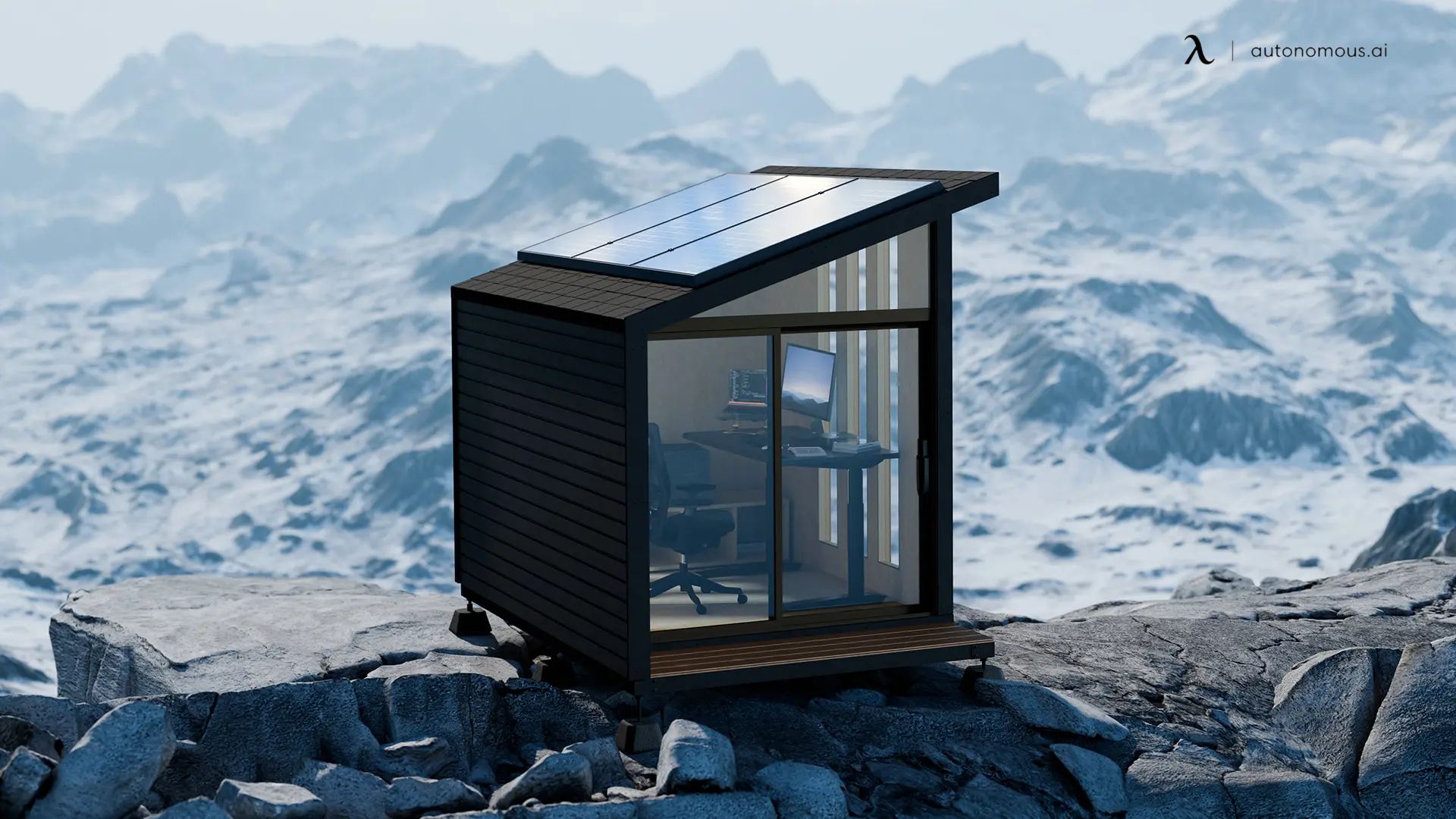



/https://storage.googleapis.com/s3-autonomous-upgrade-3/production/ecm/230914/bulk-order-sep-2023-720x1200-CTA-min.jpg)

/https://storage.googleapis.com/s3-autonomous-upgrade-3/production/ecm/230824/image_tMoN47-V_1692155358869_raw-93ed49d8-7424-464e-bdfe-20ab3586d993.jpg)